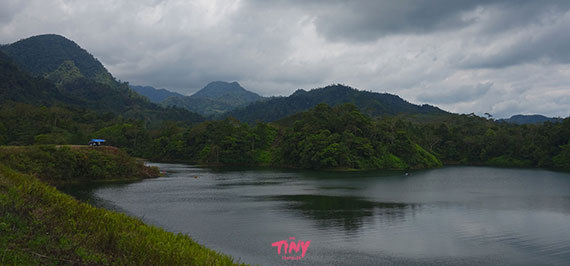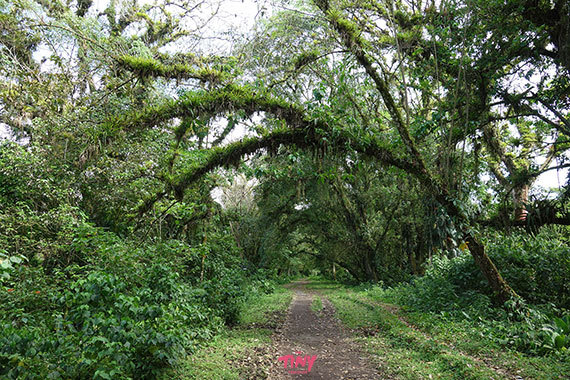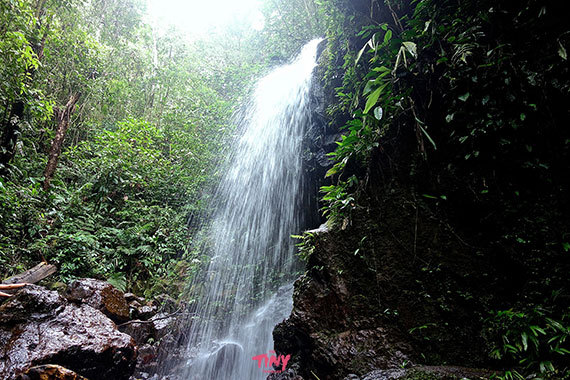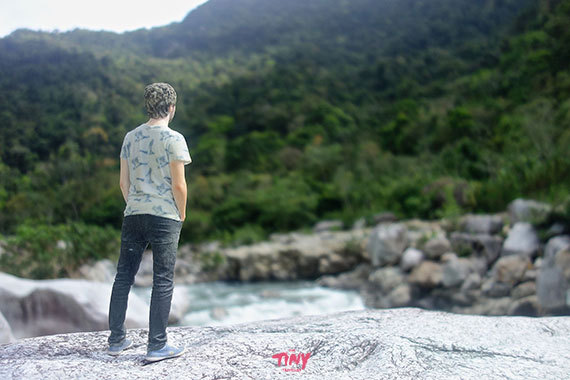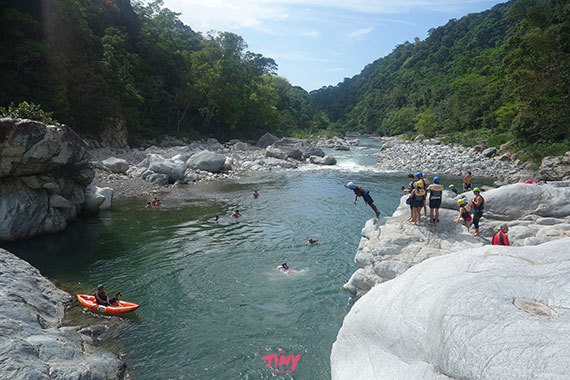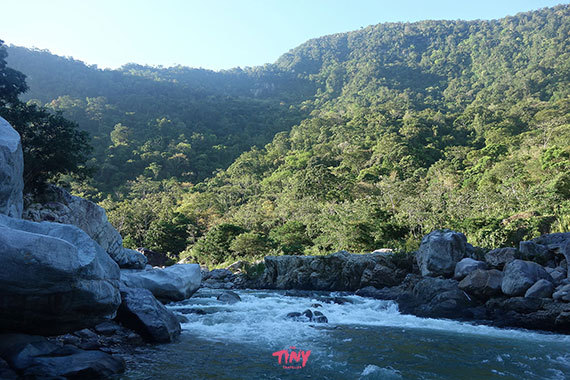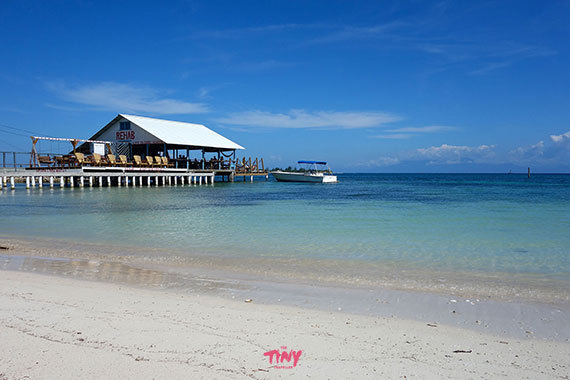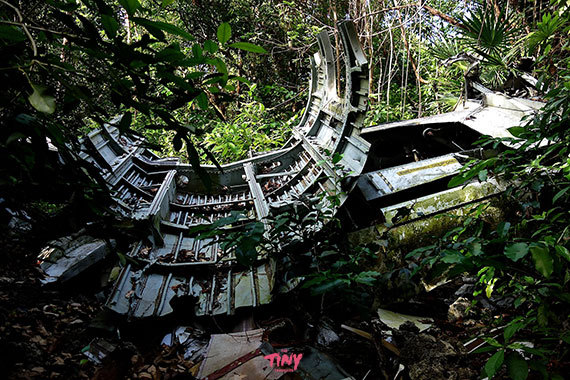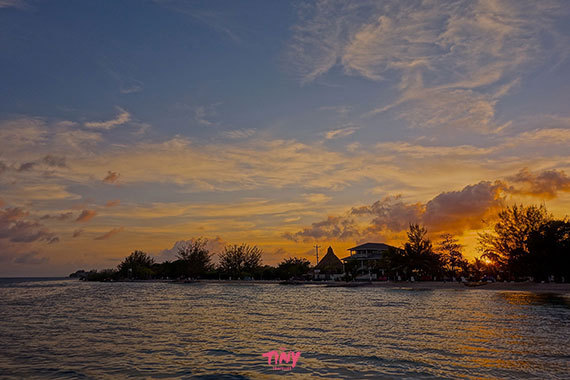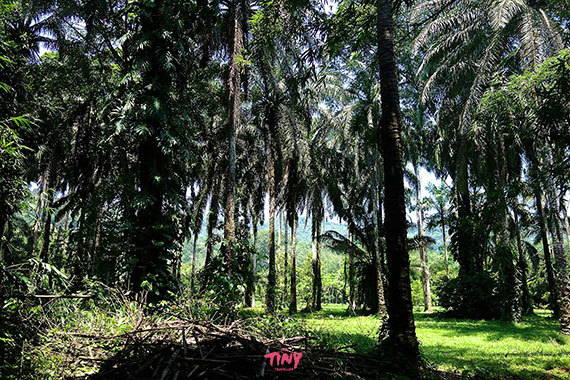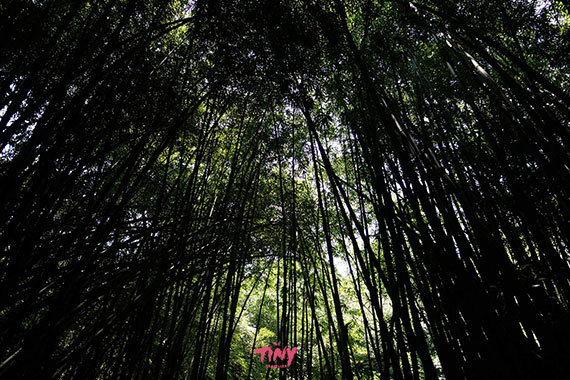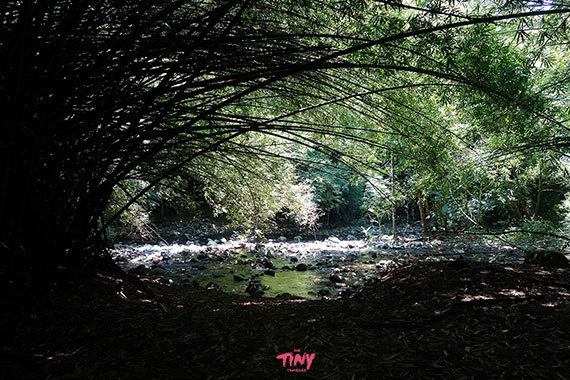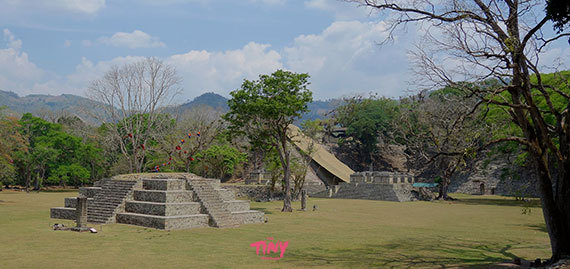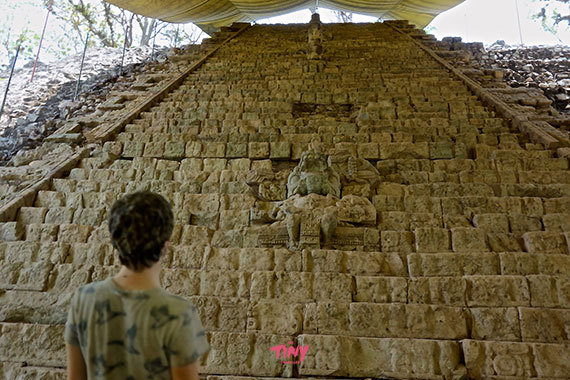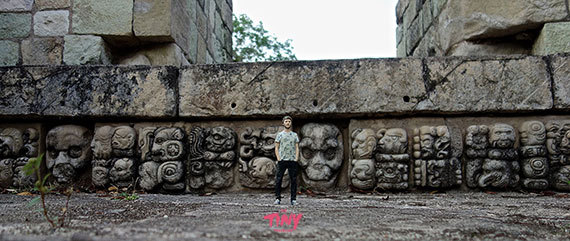Honduras may be known as the murder capital of the world but outside of the big cities, where gang violence and corruption are rife, you can expect to find some of the most lush rainforests, stunning waterfalls, beautiful beaches and friendly people in the whole of Central America.
1) Lake Yojoa
Sitting in a 30-square-mile volcanic depression, Lake Yojoa is Honduras' largest lake. It's a beautiful green basin surrounded by tributary rivers, Maya archaeological grounds, cloud forest, volcanic peaks, coffee plantations and pineapple farms.
D&D Brewery, situated in the small village of Los Naranjos, is a lively jungle hostel with private rooms, dorms, camping space, live music, a small pool, a fire pit, gourmet food and - you guessed it - its very own brewery.
This is a great place to base yourself while exploring the lake, and probably one of the only places you'll visit in the country where you can get draught beer on tap.
From D&D you can catch chicken buses or taxis to lush National Parks with waterfalls such as Santa Bárbara or Meámbar, walk to the river for a swim or a rope swing, or set off on mountain treks through pineapple farms to find panoramic views of the peaceful lake.
2) Río Cangregal
Río Cangrejal sits on the edge of the impossibly beautiful Pico Bonito National Park. It is home to some of Central America's most dramatic whitewater rafting as well as exotic jungle creatures such as jaguars, puma, toucans, armadillos, motmots and white-faced monkeys.
Stay in a cabin at the Jungle River Lodge and enjoy three freshly prepared meals a day from their open-air wooden verandah, which overlooks a stunning tripartite vista: curved grey boulders lie either side of the gushing river like piles of broken dinosaur bones, from here tree-upon-tree, bush-upon-bush of verdant tropical forest rises towards a pale blue sheet of sky.
When you've had your fun rafting and swimming it's time to follow the forest trail to the 196ft Río Zacate waterfall. Take a tour for specialist knowledge of the flora or fauna or hike alone to immerse yourself in the biosphere. Myriad species of bird can be spotted in the canopies above, or heard calling in response to the crackling of dried leaves beneath your feet. Blue morpho butterflies sip juice from rotting fruits, while giant damselflies use sunflecks to spot silky webs and prey on spindly forest spiders in the shrubs. Cool, clear streams trickle over earthy pebbles and pungent floral scents linger in the dense humid air.
The testing two-hour hike culminates with hypnotic views of Honduras in all its glory. In the distance the glistening turquoise waters of the Caribbean Sea are just perceptible, connected to the luscious green forest by the snaking path of the Río Cangrejal and its dinosaur bone border. In the foreground frothy white water plummets hundreds of feet into an ever-deepening plunge pool. And if you're lucky the sun's ethereal rays may even form a rainbow in the loud cascading falls.
3) Útila
The smallest of Honduras' Bay Islands, Útila is home to a curious population of Afro-Carib Garifuna people and descendants of English, Dutch and French pirates. It is a budget Caribbean paradise just off the coast of La Ceiba.
In the 17th century Útila was famous for pieces of eight, treasure chests and British buccaneer Captain Morgan. These days the island is synonymous with scuba diving, seafood and all-night parties. Dozens of scuba schools line the coastal main street, creating one of the cheapest places on the globe to learn to dive. The nearby Mesoamerican Barrier Reef provides a rich underwater habitat for impressive marine life such as hawksbill turtles, dolphins and whale sharks. Some plucky divers even take the plunge in search of sunken treasure, hoping to find lost booty from Captain Morgan's brutal looting of Panama in 1671.
When not submerged, travellers spend their time on Útila dining on affordable fresh seafood, sipping on rum cocktails from hammocks, relaxing on the small white sandy beach, riding quad bikes to Pumpkin Hill, searching for crashed narcotics smuggling planes in the forest, swimming in subterranean coral caves, drooling over desert island sunsets or gazing at astral constellations in the sky.
4) Tela
Tela is the beach of choice for Hondurans during the frenzied weeklong Semana Santa festival. Palm-fringed white sandy beaches with bath-water warm turquoise waters draw in domestic tourists in their thousands for Holy Week celebrations in Spring, and San Antonio parades and parties in the Summer. The rest of the year this slow-paced beach town is virtually tourist free, making it a great place to relax by the ocean with a pina colada, a good book and a panorama of Caribbean views stolen from the back pages of glossy travel magazines.
Day trips to Lancetilla Botanical Gardens, the second most extensive of its type in the world, and nearby Garifuna villages are highly recommended.
Among other things, Lancetilla is blessed with towering hardwoods, tall totem-like palms and an intriguing shadowy bamboo forest that leads to a natural swimming pool.
Paid tours or adventurous hikes along the beach allow you to visit Garifuna communities, such as Ensenada, Triunfo de la Cruz, San Juan and Miami, where larger-than-life characters play punta music and shake their hips. The songs symbolise the retention of culture through music, the intimate dancing symbolises the continuity of life through sex.
5) Copán Ruinas
Quaint cobbled streets, a lively town square and quality local cuisine are reasons enough to call in at the charming little town of Copán Ruinas. But most travellers spend a few nights here in order to visit the temples, plazas, pyramids and ball courts at the nearby ancient Maya ruin site of Copán.
Once one of the great centres of the Maya civilisation, Copán is an archeological park famous for its unrivalled selection of carved stellae and a fabulous hieroglyphic stairway. Significant developments in the fields of mathematics, astronomy and hieroglyphic writing were achieved here in the past and it is possible to sit at the top of a temple and imagine the hustle and bustle of Maya life thousands of years ago. Stunning sculptures and well-preserved carvings can be found scattered around this ancient site where majestic scarlet macaws swoop, pre-Columbian pyramids stand, and powerful Maya rulers sleep beneath the soil.
This article originally appeared on Tiny Traveller. You can view the full article with additional photos here.
